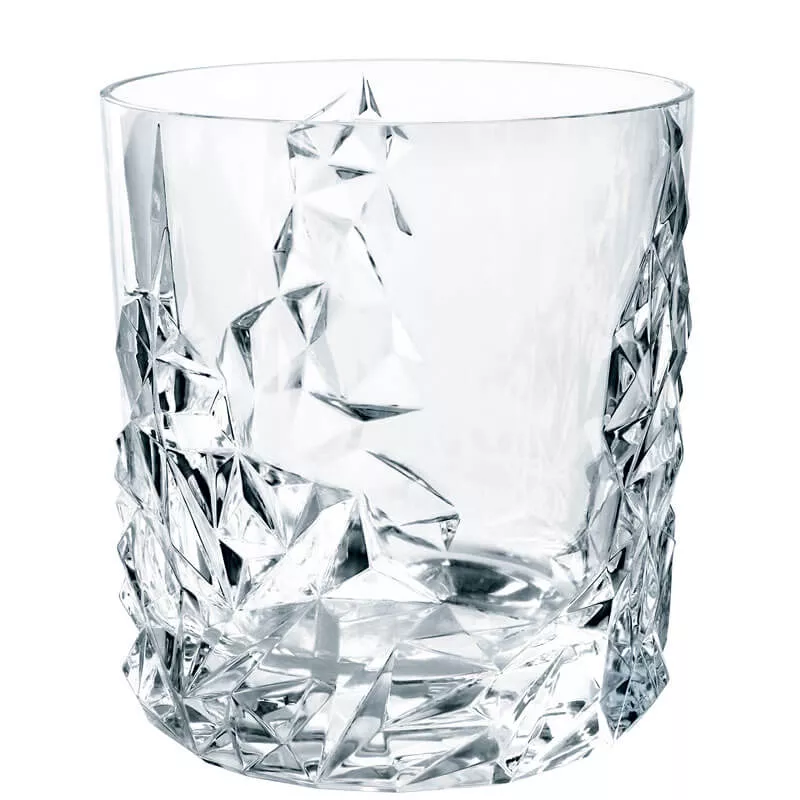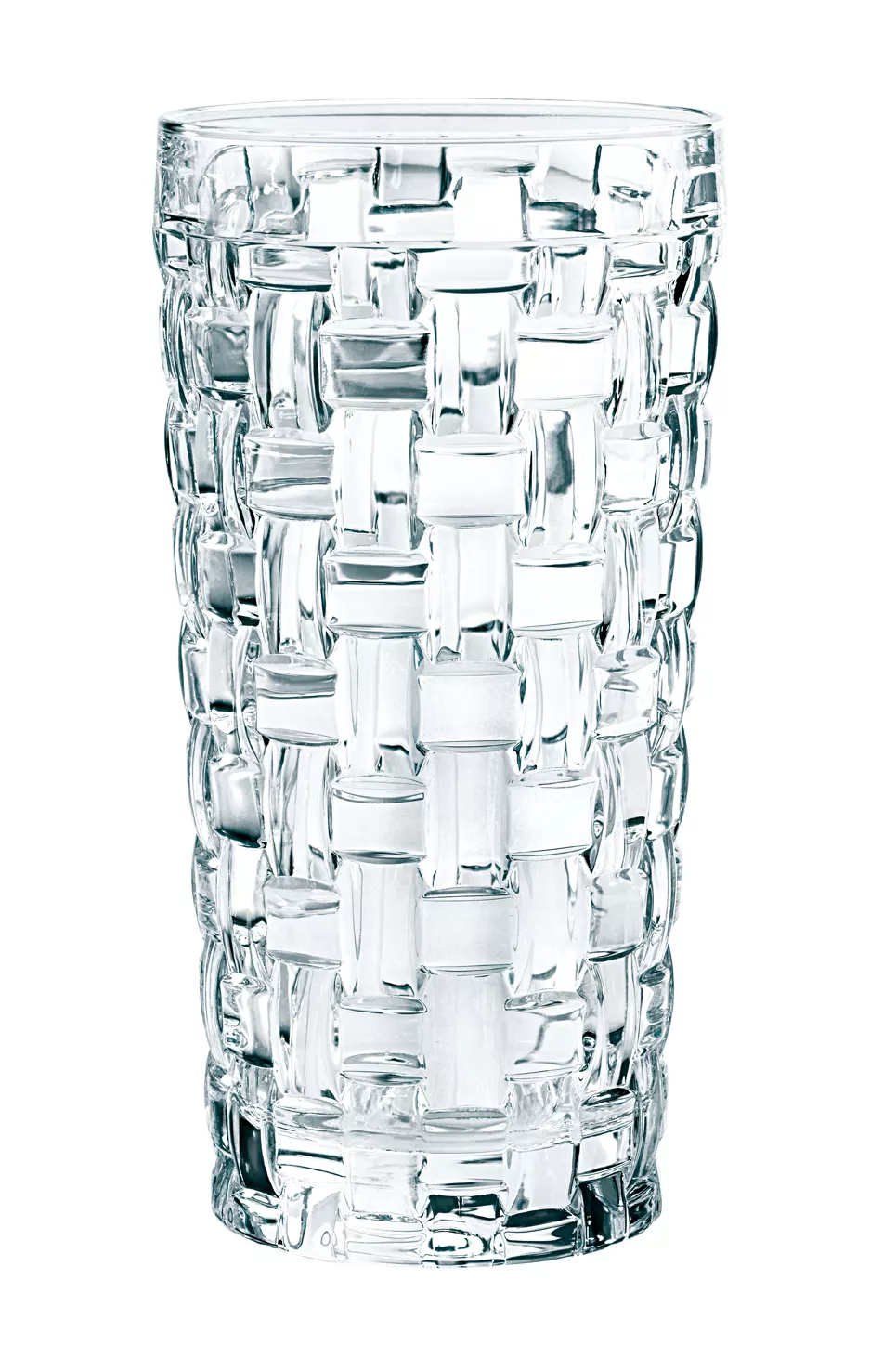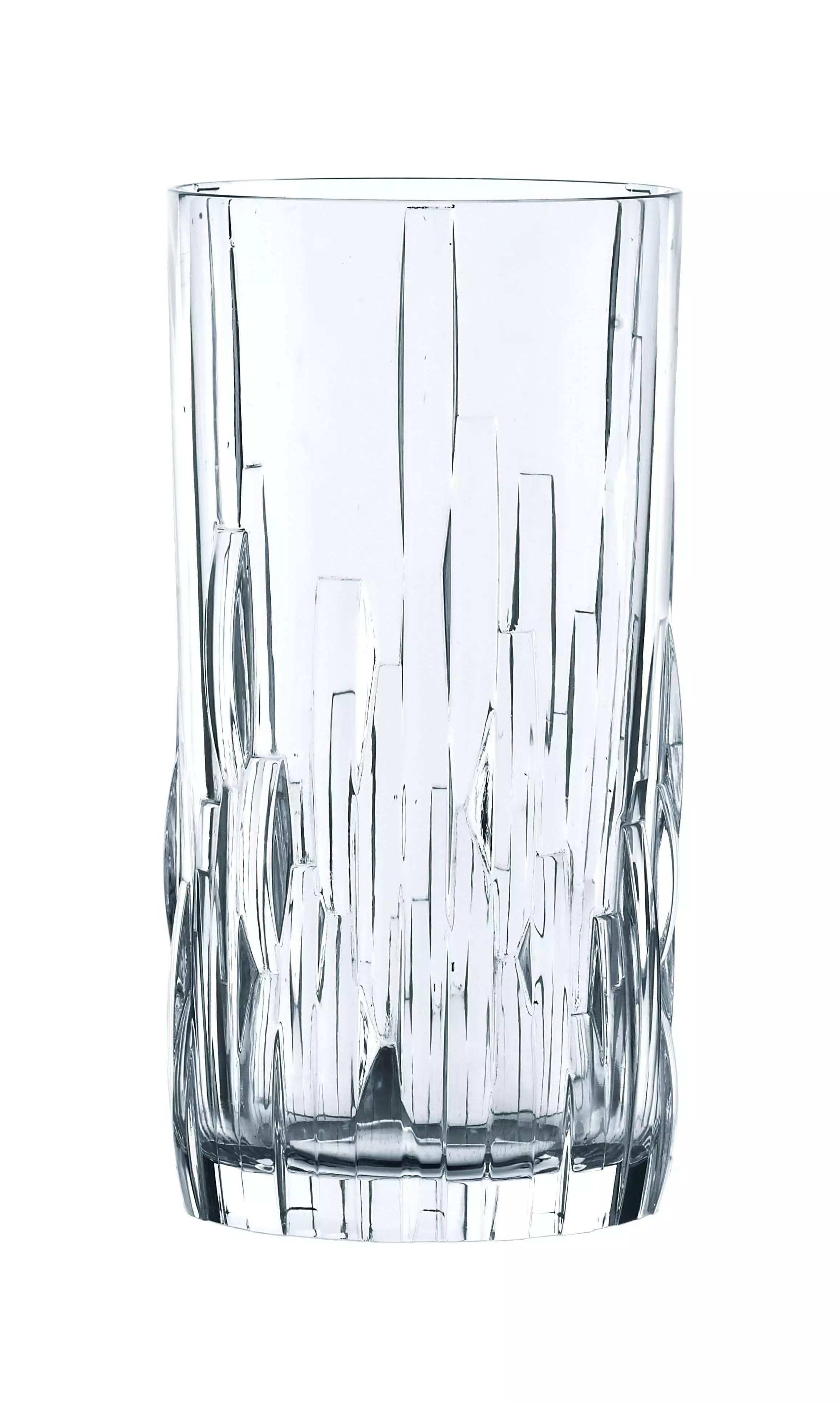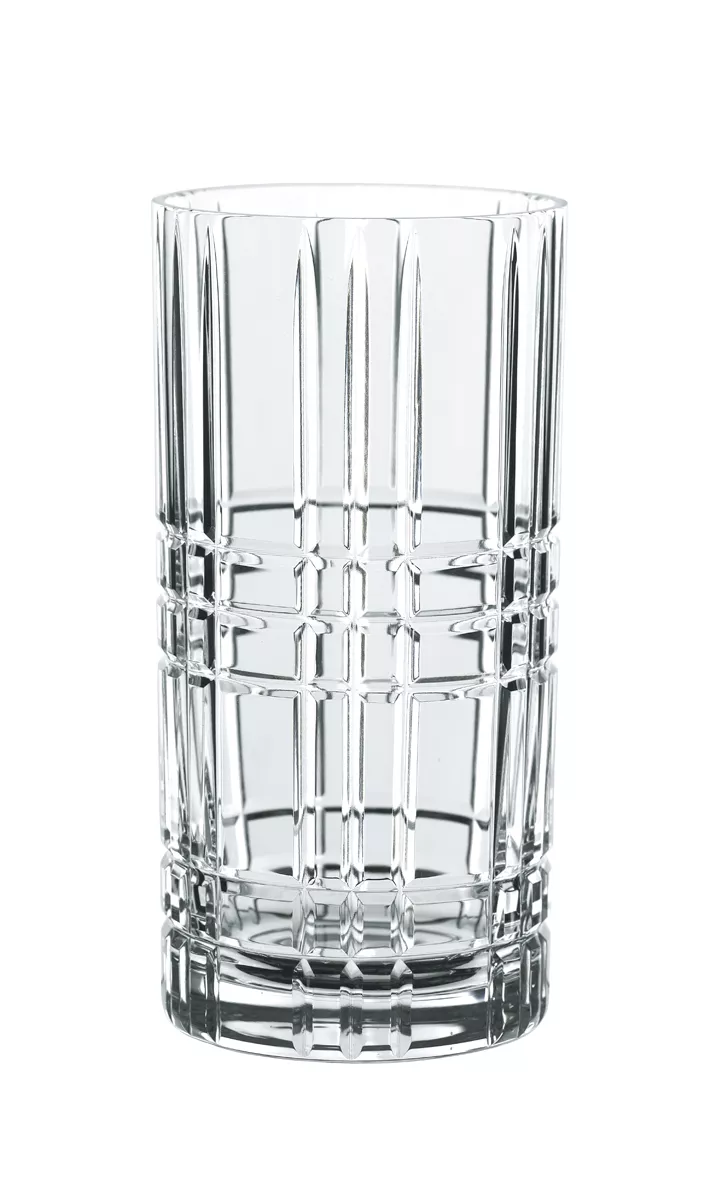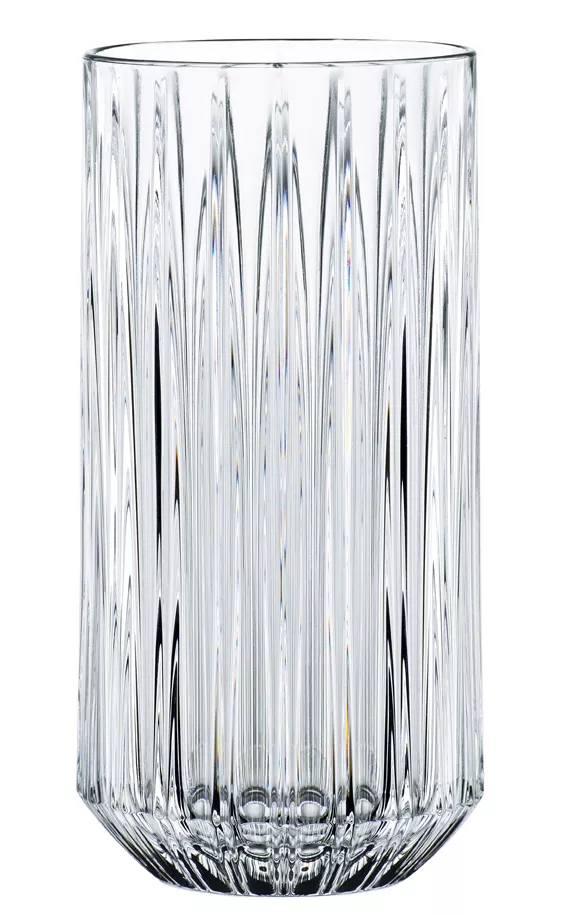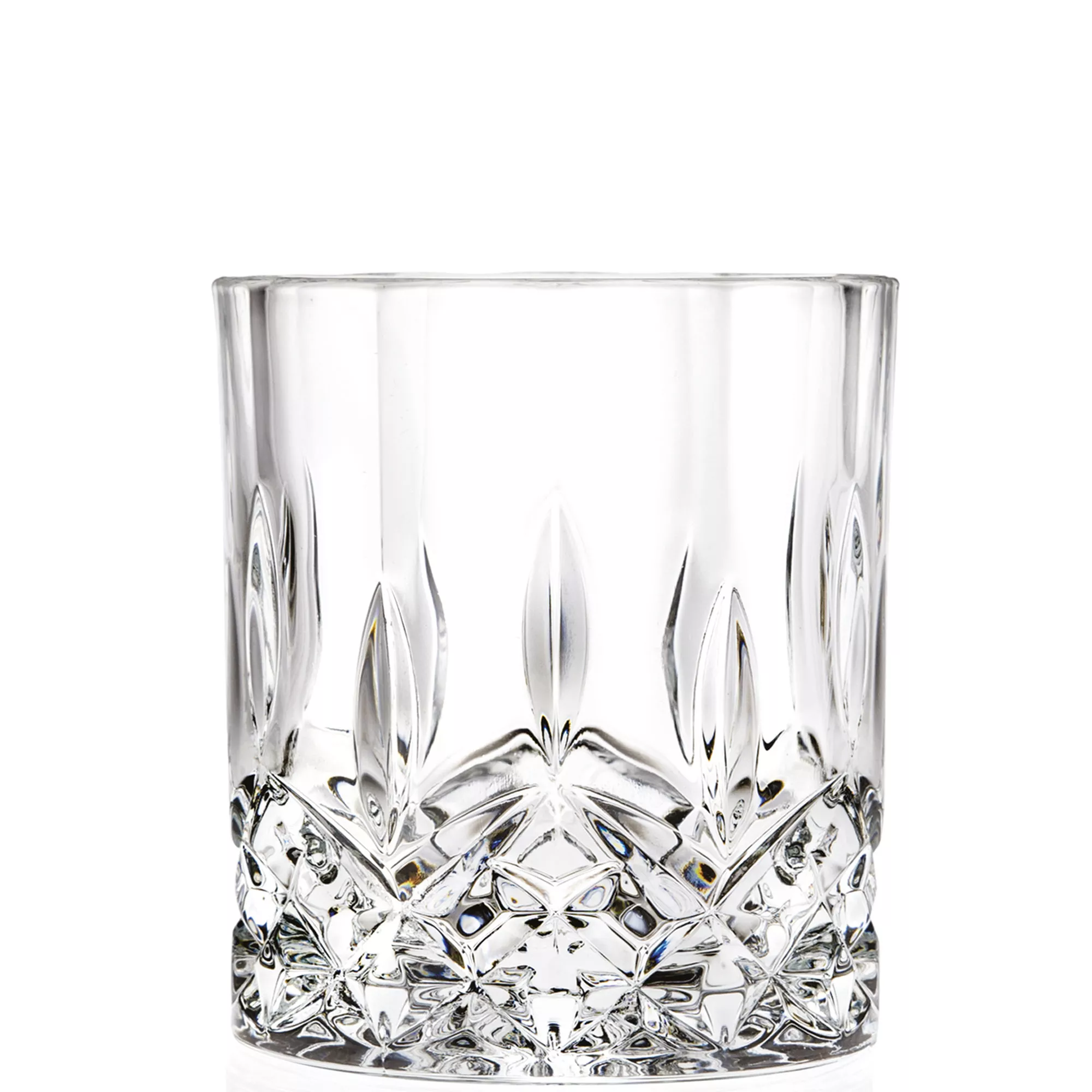Longdrink glass, Sculpture Nachtmann - 420ml
Longdrink glass, Sculpture Nachtmann - 420ml
Case of 12
Prices incl. VAT plus shipping costs, free shipping (DE) from 99€**
immediately available
€5.35 for Piece
1 Long drink glass
Prices incl. VAT plus shipping costs, free shipping (DE) from 99€**
immediately available




